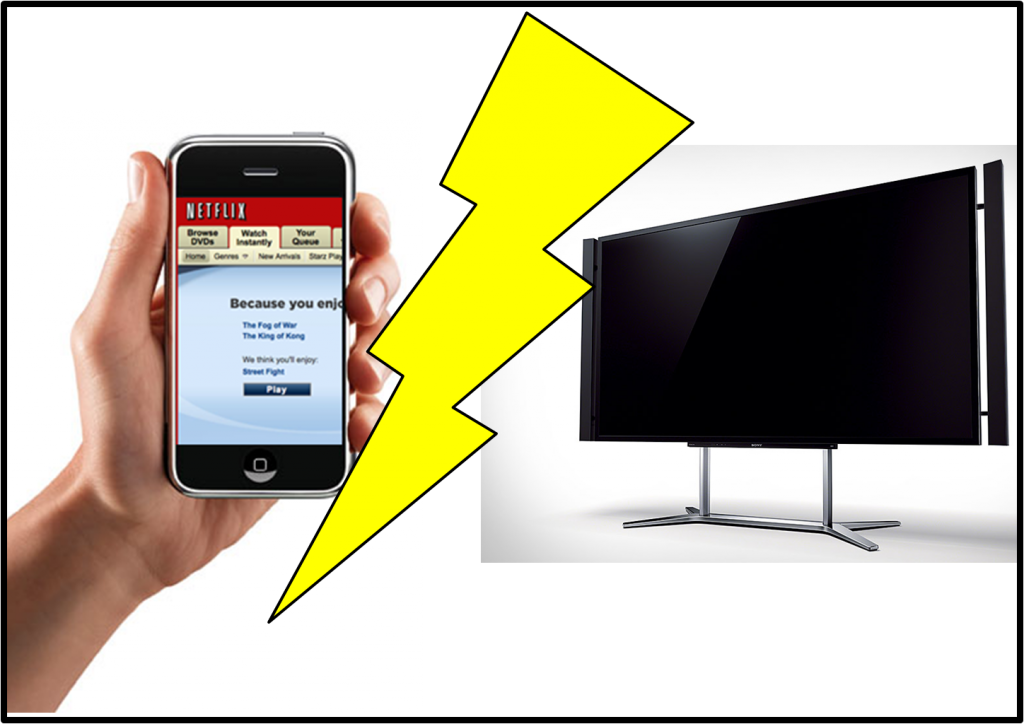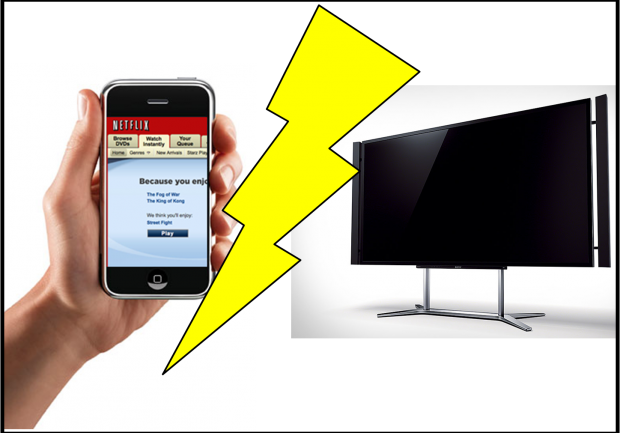 If you followed the conversations from Infocomm 2013, the podcasts from the back rooms, and all the articles that have since been written, you would have heard that Infocomm 2013 was a success. During and after the show 4K was one of the biggest topics of conversation with display formats dominating floor space and drawing in eyes from show open to show close.
If you followed the conversations from Infocomm 2013, the podcasts from the back rooms, and all the articles that have since been written, you would have heard that Infocomm 2013 was a success. During and after the show 4K was one of the biggest topics of conversation with display formats dominating floor space and drawing in eyes from show open to show close.
Right before Infocomm this year there was a conversation across the twitter-verse with other AV folks during the monthly #avchat (hosted by @PKaudiovisual), about what we might expect from 4K at this year’s show. A few commented on how excited they were for it, but I was cautious when it came to what 4K would yield in the near future. At the time I brought up the idea that 4K’s biggest issues were going to be the same as 3D:
- Minimally available content – while there are cameras out there that are capable of shooting in the ultra-high definition format, that doesn’t mean they are used in all instances, and it doesn’t mean that it will be stored and transmitted in the highest resolution the camera is capable of recording.
- Ease of consumer adoption – meaning, how simple will it be for consumers to upgrade from their current HD technology?
- $$$ – It took a while for the HD television screens to come down in cost, but when they dropped they dropped like a feather in a vacuum. How much more expensive were consumer Ultra-HD displays and their accessories going to be? (Remember, current blu-ray can’t display 4K yet.) As we’ve found out since, there are a few displays with comparative costs for the increased viewing capability, but that information didn’t come out until after the show.
4K seemed like a roaring success that got everyone excited about the possibilities of where display technology could be headed. In my conversations with co-workers and other industry professionals I found that there was 1 market that would be an early adopter – healthcare – while the rest took a little more time wading into the pool. Why healthcare? Because that added display capability would allow them a clearer image for any of their tests. Think about how clear an MRI, CT Scan, or X-Ray might look when displayed in 4K. There’s added benefit in that, not to mention, the healthcare industry is usually pretty flush with cash.
But what about the consumer market? How quickly would they jump into the fray? I return to the points above and would like to add a 4th – that device that sits in your pocket and is almost never out of your reach: your phone (for ease of argument we can also include your tablet devices here too). How much visual media do you consume on your phone or tablet? I know that personally I get at least 5-12 hours a week during commutes alone. So if people are consuming a large majority of media on their mobile devices, what incentive do the television studios have to incur the costs of broadcasting and transmitting a higher quality picture? This feels like it could be very similar to the transition from Standard Definition to High-Definition all over again. The result of which was multiple tiers of cost based on what quality of content you want from your cable provider. And when that happened, the amount of online media available was, at best, a fraction of a percent compared to today’s current availability, let alone the amount of mobile content viewed today.
Movie studios will begin to utilize the 4K potential because it will give their films an added pop and draw in the audiences at theaters. Pair that with the “available on demand the same day as theaters” push from the cable companies and you will see where 4K can be an advantage for the movie industry.
The comparison that best describes where we’re headed for visual content is what happened to the music industry with the wide spread adoption of the mp3. It was a lower quality product (though that fact currently goes unnoticed by most consumers) that allowed for massive amounts of content to be stored due to low file size per song. With so much visual media being consumed on our mobile devices, which aren’t capable of showing 4K, why should the studios transition and add the cost to produce and distribute such content? The answer simply comes down to the fact that they won’t do it until they have to. With all the talk about consumers unplugging from cable, with a move towards more broadcasting direct-to-display taking place wirelessly from mobile devices, the studios will explore it as an option and bide their time until there is a drastic increase in demand. Until it is demonstrated that the market begins to move overwhelmingly towards Ultra-HD, and the use of mobile devices to view and generate content slows in the marketplace the studios don’t need to be in any rush to get there. This could slow 4K adoption to a crawl as consumers just accept a certain quality of product that they can live with because of the simple advantage of ease of use. 4K is brilliant, but if it isn’t easy, the marketplace adoption will be minimal.
This article was originally posted at redband.avshout.com





